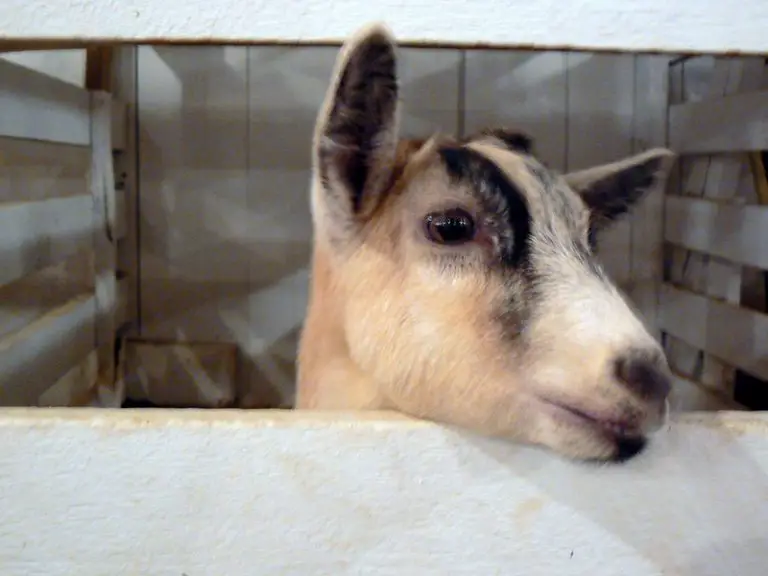3 Methods to Reintroduce Fighting Gerbils (Prevents Fighting)

Reintroducing fighting gerbils
What is wrong with gerbils? They look so tender and beautiful with their big oval eyes, but they can unleash a hell of a fight in their cages.
Gerbils can easily mount a WWE-style show (sorry if you don’t know the WWE), the only thing that is not so fun to watch for pet caretakers, ideally gerbils should live in peace and quiet, but, if we humans who are much smarter and more advanced can’t manage to live together in peace, what can you expect from this little mammal locked in a cage?
If you keep two or more gerbils in the same cage, fights will inevitably happen at some point, especially as they grow, let’s say that “fighting” is a natural part of life for various reasons, we humans do it constantly, but we have the ability to forgive and ingratiate ourselves.
In this case, how can you reintroduce two or more gerbils that have fought? when it is safe to do so?
The “Let’s take a break” method
“Let’s take a break” is the second most common phrase used by couples to end a relationship (the first is “it’s not you, it’s me”) I think this is a universal thing.
In gerbils it can work too, separating two gerbils for a couple of days after a fight can be effective in reintroducing them.
After the gerbils fight the most sensible thing to do is to separate them but to put them back together the first piece of advice I could give you is to keep them apart for a while, you should have a secondary cage, it doesn’t have to be a big cage, where you can isolate some of the fighting gerbils for a couple of days.
Leave the gerbils alone and separated for a couple of days, it can be for a week or so, keep the cages close to each other, after the days have passed you can put them back together in the same cage, the gerbils will calm down and return to their normal state.
The reason to keep the cages relatively close during this period of separation is to observe the behavior of both gerbils if they feel calmer, or if even when separated they look irritated or aggressive, the behavior you observe will logically give you the answer as to whether things have calmed down or whether you should wait longer with the gerbils separated.
You must be careful when separating gerbils through cages, not to put the cages in direct contact with each other, especially if the cage grids are far enough apart so that the gerbils can still bite their legs, fingers, nose…the fight could continue.
Keep in mind, a gerbil alone in a cage is pathetic and sad, gerbils are animals that need group company, this method is to be used only temporarily.
The change of cages method
Ok, this is really a succession of the first step of cage separation that turns out to be very effective to reintroduce gerbils, if you already have the gerbils separated in cages, the following method might seem a little bit tedious to you, but it could be very effective too.
It consists, not only in leaving the fighting gerbils in separate cages but also in keeping them changing cages every day.
Let’s say you have two cages, A and B, and you have two fighting gerbils, Gerbil HHH and Gerbil Rock (yes, another WWE reference).
To separate the two gerbils, one day you’ll have gerbil rock in cage A and the next day in cage B and the same with gerbil HHH.
Gerbils are very territorial, and most of the fighting happens because they are trying to mark territory, if you keep them a couple of days in different cages separately their sense of territoriality will be less, as they will not be rooted to one space all the time, plus they will get used to the smell of the other gerbil.
You can then reintroduce them into “neutral territory” and the gerbils will no longer feel like fighting for “territory”.
The tower house method
Sometimes it becomes very complicated to reintroduce gerbils after a fight, especially when they are living together in large groups and are of different ages.
We mentioned that gerbils can fight over their sense of territoriality, but when two gerbils fight it seems to be more a matter of rank than territorial drift. You can have them fighting over a house, for example.
A group of gerbils together in a cage will eventually also determine the classification again, or for some other reason reject a group member. This begins with constant chasing and fighting. The gerbil is chased away and therefore has to leave its territory.
However, a gerbil in a cage cannot run away. This “rejection” creates fights and very often leads to even permanent and extreme injuries.
If you have more than two gerbils and the fights are usually group fights or constant attacks to a member of the group, the ideal is to build a “tower”, it can be made of glass or any other suitable material, divide this tower into different sections and group the gerbils in pairs of two.
If you don’t want to make a tower, you could do the same with a cage, divided into different sections to group the gerbils in pairs. If you keep the gerbils per 2, the chance of fighting will be much smaller, almost nil.
Why do gerbils fight?
The most effective method to avoid having to reintroduce gerbils after a fight is to prevent them from fighting first.
What are the reasons why gerbils fight?
Sometimes for natural reasons that you couldn’t avoid, like ranking among them, territorial reasons, jealousy, but there are some other reasons that you can control.
These are some of the reasons why you can help keep gerbils from fighting:
Females in heat
It is not a good idea to have several males with few females because the time of reproduction is a critical phase for them.
Their hormones revolve them and they fight against each other in order to perpetuate their genes. It is also not good to have only one male and one female, they breed a lot! It is also possible to have cannibalism between the individuals if they live together in a small space.
Food shortage or inadequate diet
Offering a balanced diet is very important for the well-being and tranquility of gerbils, whatever species they are. They are due to you and the implications of what you do or don’t do fall on their welfare.
A gerbil kept in a cage with little food will look for ways to feed itself, and sometimes resort to extreme measures such as cannibalism. If you keep several gerbils in a cage with insufficient or deficient food, they may look for alternatives from other sources. Remember to provide your rodent with a source of protein at least every ten days.
Poor cage cleaning
If your animals live in filth, their mood will either decay or they will become violent as they are willing to flee from it. The cleanliness of the nest and cage must be correct. Give them plenty of hay; they love making nests with it and also use it for food.
Poor cage cleaning
In-cage entertainment is very important, they permit the gerbils to play, work out, build new hiding places, or wear out their teeth. All of this reduces their hostility and decreases the fighting rate among them. In addition, they give an added value to the territory by increasing the living area.
Cage location and size
Try not to place the cage of your gerbils near air currents, this will disturb them and stress them, the same thing in places where there is a lot of noise, consider also having a cage of appropriate dimensions for them. The minimum recommended dimensions for the cage of your gerbil are 40 x 40 cm, approximately.






